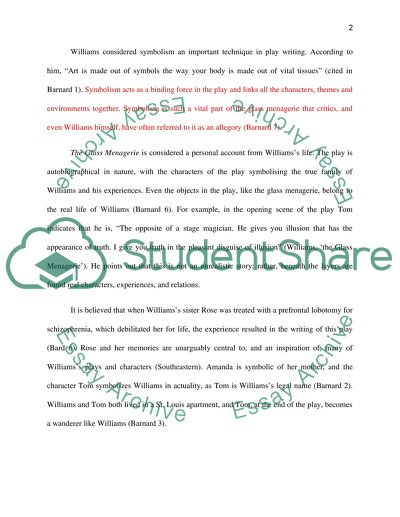Cite this document
(“Symbolism in The Glass Menagerie Essay Example | Topics and Well Written Essays - 1250 words”, n.d.)
Retrieved from https://studentshare.org/english/1472898-symbolism-in-the-glass-menagerie
Retrieved from https://studentshare.org/english/1472898-symbolism-in-the-glass-menagerie
(Symbolism in The Glass Menagerie Essay Example | Topics and Well Written Essays - 1250 Words)
https://studentshare.org/english/1472898-symbolism-in-the-glass-menagerie.
https://studentshare.org/english/1472898-symbolism-in-the-glass-menagerie.
“Symbolism in The Glass Menagerie Essay Example | Topics and Well Written Essays - 1250 Words”, n.d. https://studentshare.org/english/1472898-symbolism-in-the-glass-menagerie.


